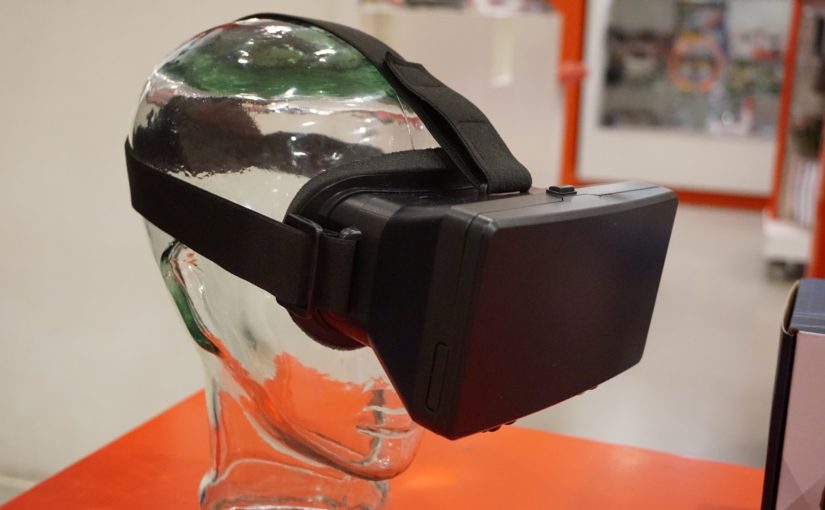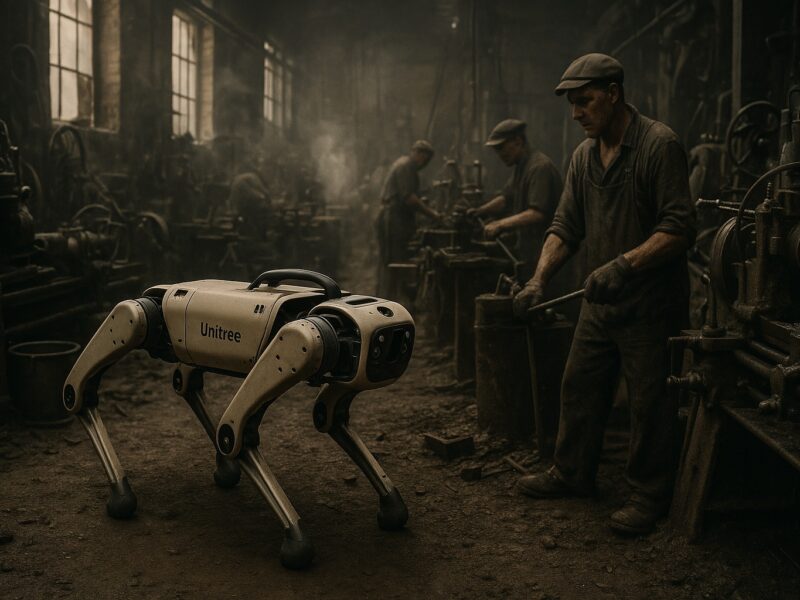Virtual Reality (VR) is improving the way humans interact. It’s creating human scale relationships, new forms of work, and opportunity.
The early days of VR were research (funded by the military), big business, health, and science. The latest generation is about intense immersive gaming – sweat, fatigue, adrenaline, and anxiety all present. The experiences are as genuine to your brain as they need to be.
As we move toward the future of VR, it’s important that we recognize its strengths and weaknesses. The immersion is real, the interaction is real, and the relationships are real, too. Affordability is no longer the barrier, with incredibly immersive HMD (Head Mounted Display) experiences starting at $276 and VR ready PCs at around $719 (less if you build your own). If you’re on a budget, Google’s Daydream platform is a good starting point, as is Samsung’s Gear VR platform– each under $100.
So what’s the opportunity? Here’s a fact: I haven’t seen a VR native spreadsheet, presentation software, or a word processor. No calendaring, time tracking, coding environments, email, you get the idea. In fact, I’ve seen very little in the productivity space that isn’t a simple github proof of concept done over a weekend to prove it can be done.
This isn’t to belittle the efforts of pioneers, to the contrary. It’s to point out that many of these were built before Sony sold 2 million PSVR systems, and Microsoft threw their hat into the VR ring with Windows Mixed Reality.
The opportunity is now.
Opportunity 1) games don’t require much in the way of input. In fact, many of today’s use cases don’t require a keyboard at all, and this is a good thing. Getting text into VR is a slow process: a) you learn to touch type, b) use a virtual keyboard with the same level of patience (and time) it took to learn the physical one (sometimes decades), or c) wait until dictation isn’t awkward in a shared physical space.
Opportunity 2) In the same way that the web changed what it meant to compute (“The network is the computer.” John Gage, Sun Microsystems, 1984), the web can change what it means to experience work. All of the major technology companies have web based versions of the basic productivity suites, and they’re all solid implementations. What does it look like to combine these with WebVR, an open, web based graphics library for virtual and augmented reality?
What’s stopping you from building TextEdit or Notepad for VR, using the WebVR A-Frame as the framework? Companies building VR tools for work today are going to be the Apple, Microsoft, and Google of the future. It’s an open, green pasture, and no one is on the field.
What do you think? Are we ready to start thinking about what it means to work in VR? Are you ready for meetings in a virtual shared space? Does VR allow home office workers to feel like a part of the team?



Hi Michael – check out http://www.mirra.co
We built a tool that is Presentation Software for VR and AR.
Remove the sign in requirement for viewing featured examples. Examples are everything. It’s proof before giving you the ability to contact us.